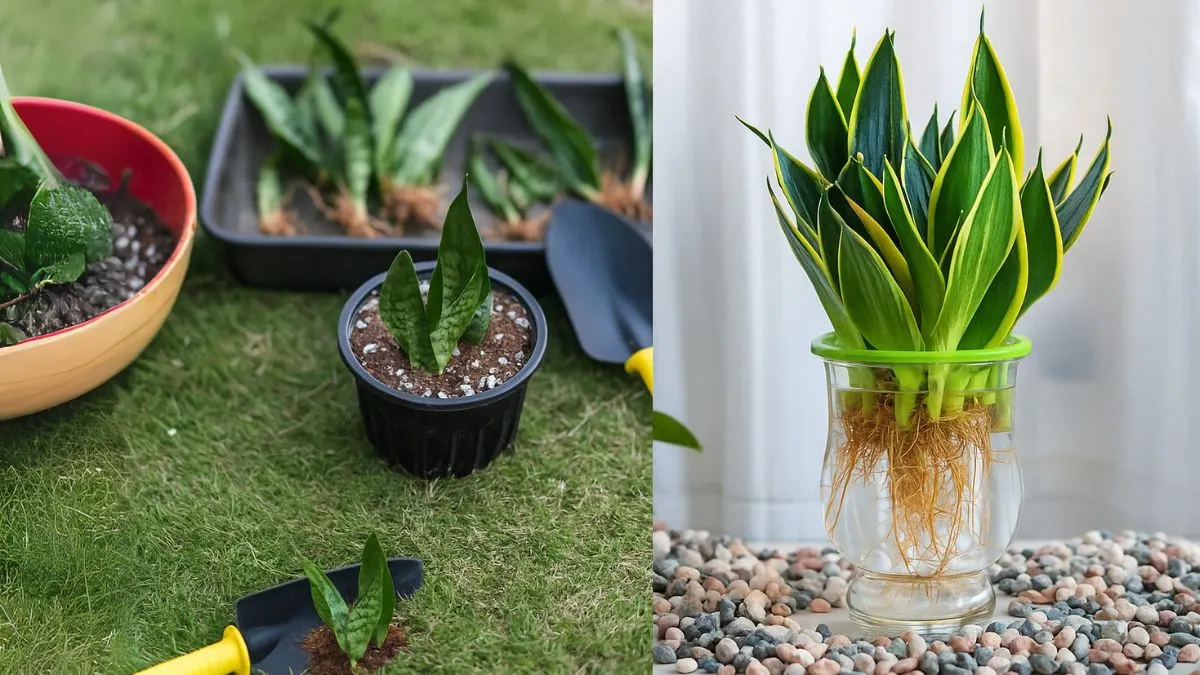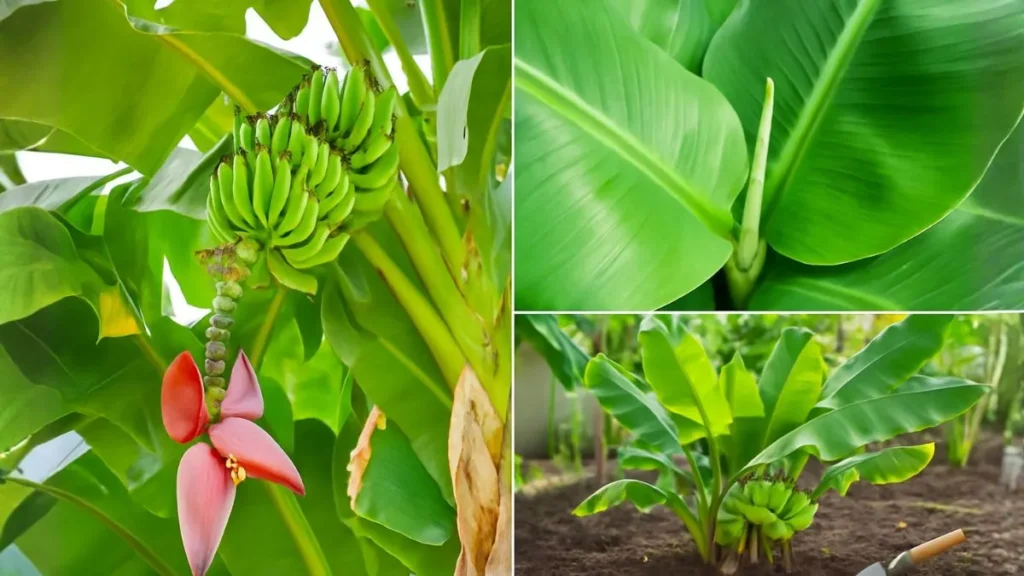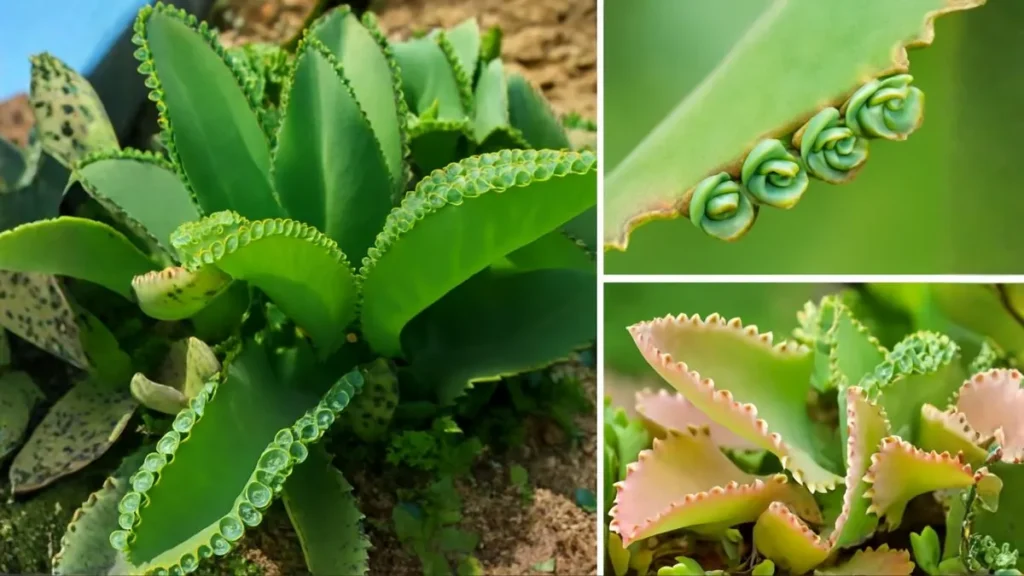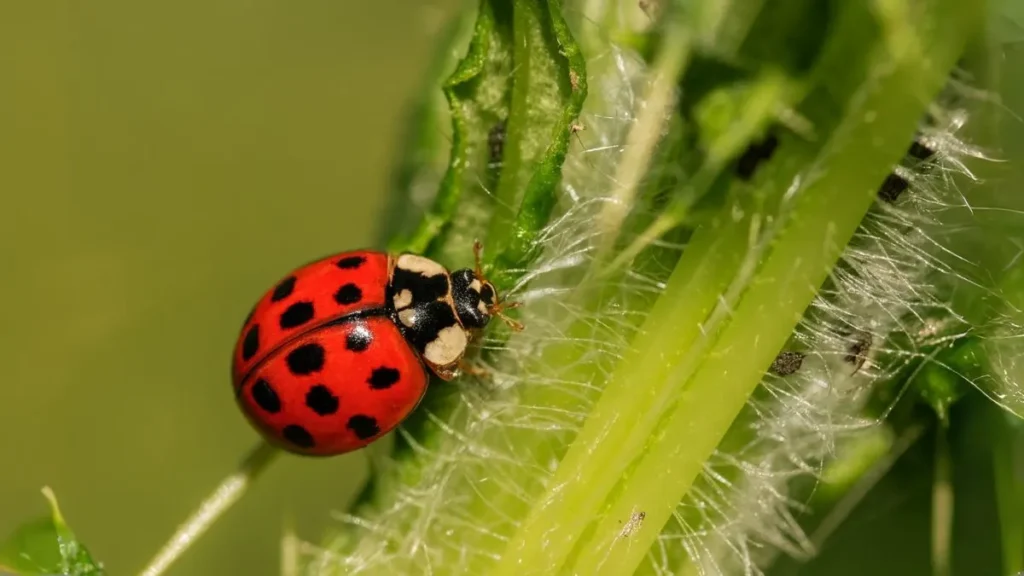Snake plants, also known as Sansevieria or Mother-in-law’s tongue, are among the most popular indoor plants globally. They’re hardy, drought-tolerant, and practically indestructible, which makes them a favorite in homes across Canada, the USA, and worldwide.
But what if you want more of them without spending extra money? The good news is that propagating a snake plant is simple, rewarding, and fun. Whether you choose to root them in water, soil, or even sphagnum moss, you’ll find this process one of the easiest ways to expand your indoor jungle.
1. Propagation Basics: Why It Works

Snake plants grow from rhizomes—underground stems that store water and nutrients. Because of this, they can be multiplied through cuttings without harming the mother plant.
There are several techniques, but the most common are:
- Propagating a snake plant in water
- Propagating in soil
- Propagation by leaf cuttings
Each method has its pros and cons, and we’ll explore them all.
2. Propagating Snake Plant in Water
One of the most exciting ways to watch your plant grow roots is propagating a snake plant in water.
Steps:
- Cut a healthy leaf near the base.
- Let the cutting dry for 1–2 days to prevent rot.
- Place the cut end in a glass of water, ensuring only the bottom touches the water.
- Place the glass in indirect light and change the water every 3–4 days.
Within 2–4 weeks, you’ll notice roots developing. This method is fascinating because you can see the growth process. Once the roots are a couple of inches long, plant the rooted cutting in the pot and water well.
💡 Pro Tip: Avoid leaving the water soggy for too long. Fresh water helps prevent bacteria and rot.
Also Read: How to Get Snake Plant Blooms at Home
3. Propagating Snake Plant in Soil
If you want faster results and stronger roots, propagating in soil is one of the easiest methods.
Steps:
- Choose a healthy leaf and cut it into sections, each about 3–4 inches long.
- Let the cuttings callus (dry out) for 1–2 days.
- Stick the pieces upright in well-draining soil (like cactus or succulent mix).
- Water lightly and keep the soil slightly moist but not soggy.
Roots usually form in 4–6 weeks. The advantage here is that the plant doesn’t need to adjust from water to soil—it’s already growing in its permanent medium.
4. Propagation by Leaf Cuttings
Another popular method is propagation by leaf cuttings. This involves using parts of a single leaf to create multiple baby plants.
How it Works:
- Cut a leaf into smaller segments.
- Make sure you note which side is the “bottom” (the part that was closer to the soil).
- Plant each piece in soil with the correct side down.
Over time, each cutting can produce new shoots, giving you multiple snake plants from just one leaf.
5. Soil, Water, or Moss: Which is Better?
Some gardeners ask: Is it better to propagate a snake plant in water or soil? The answer depends on your goal:
Method |
Pros |
Cons |
Water |
Fun to watch roots form, great for beginners |
Roots need to be transplanted to soil later |
Soil |
Stronger, more stable roots, no transplant shock |
You can’t see root growth |
Sphagnum Moss |
Provides moisture and air balance |
Less common, requires extra care |
For most beginners, propagating in soil is the most reliable method, but if you enjoy the visual process, try water first.
Also Read: From Dull to Dreamy—Create an Indoor Plant Room That Steals the Show
6. Common Problems and Fixes
- Soggy Water: Snake plant propagation in water can turn mushy if not changed often. Solution: refresh water every few days.
- Leaf Rot in Soil: If the soil is too wet, cuttings may rot. Solution: use a fast-draining mix.
- Slow Root Growth: Be patient. Depending on climate, rooting can take 4–8 weeks.
Personal Experience
When I first tried snake plant or sansevieria propagation by leaf cuttings, I made the mistake of leaving the cuttings in soggy soil. They rotted within two weeks. The second time, I let them dry for 2 days before planting in a sandy mix. The results? Three new healthy plants that now sit on my office desk.
Propagation isn’t just about multiplying plants—it’s about learning patience and enjoying the little victories.
Propagating a snake plant is a rewarding and simple process that works well for beginners and experienced gardeners alike. Whether you try propagating a snake plant in water, propagating in soil, or experimenting with propagation by leaf cuttings, you’ll find each method exciting and effective.
👉 Remember: let cuttings dry before planting, use well-draining soil, and always plant the rooted cutting in the pot and water well. With a little care, your snake plant collection will keep growing—and so will your love for gardening.






